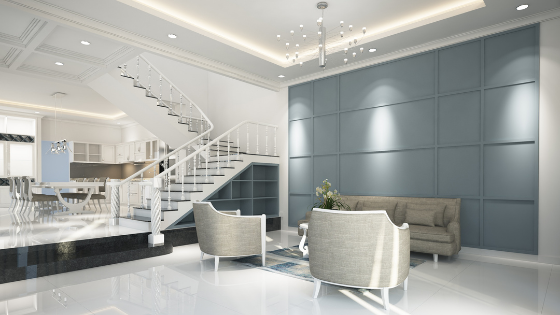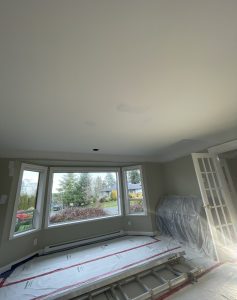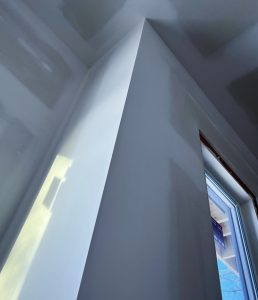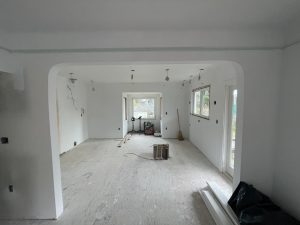Paint colour selection is often one of the hardest decisions to make when refreshing the walls of a home, office, or commercial real estate property. It’s not uncommon for people to experience feelings of anxiety or a sense of dread when making a paint colour selection. Fortunately, experienced house painters can help their clients select a wall colour they’ll love.
In fact, it’s extremely common for homeowners and project managers to rely on the colour consulting advice provided with professional painting services. This shouldn’t be too surprising because house painters have tremendous experience with, and are experts in, paint colour selection.
What advice can painting contractors give on how to choose the best paint colour for a project? While no two projects or clients are the same, everyone should follow six general paint colour selection rules. We have them outlined for you in this article.
To find out what practical, pro-tips top-painters in the Greater Victoria Area use to make picking a perfect wall colour straightforward, keep reading.
House Painters Use the 80/20 Rule
Professional painters and interior designers like the 80/20 rule for paint selection because it provides parameters that keep a project’s aesthetic well balanced. When following this rule, simply select one colour for 80% of the paint job. In the remaining 20%, different colours are allowed but, they aren’t necessary. If using multiple colours, ensure the primary paint colour unifies all of them.
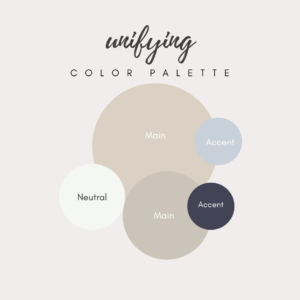
For example, a homeowner having their kitchen, dining room, living area, and entryway re-painted may be tempted to choose a different colour for every room. However, this can lead to a space that feels small and disjointed from wall colours that lack consistency.
Instead, use the same colour on most of the walls in the project and keep different colour options to just one of the rooms. Or, consider adding new colours sparingly throughout, as with a feature accent wall.
2. Maintain a Unifying Colour Palette
A unified colour palette will help a home’s layout flow seamlessly, making the space look larger and more inviting. Colours that unify a space complement each other rather than contrast and clash. They have similar tones and shades and should enhance each other.
3. Insist on High-Quality Paint
High-quality paint products should always be used in every interior and exterior painting project. A great, professional-grade paint will always yield exceptional results compared to a project completed with cheap or poor-quality paint. Even when it comes to colour selection.
The benefit of choosing a wall colour from a supplier of fine paint goes beyond the added durability, washability and longevity of the surface coating. They also go on surfaces better, have greater levels of pigmentation, and generally appear more smooth and consistent. Professional paint producers, such as Sherwin Williams, take extreme care, research, and consideration when blending new paint colours.
4. Be Sparse with Bold Feature Walls
Feature walls are a great way to add some fun and personality to a room. However, too much of a good thing is simply too much. Resist the urge to create 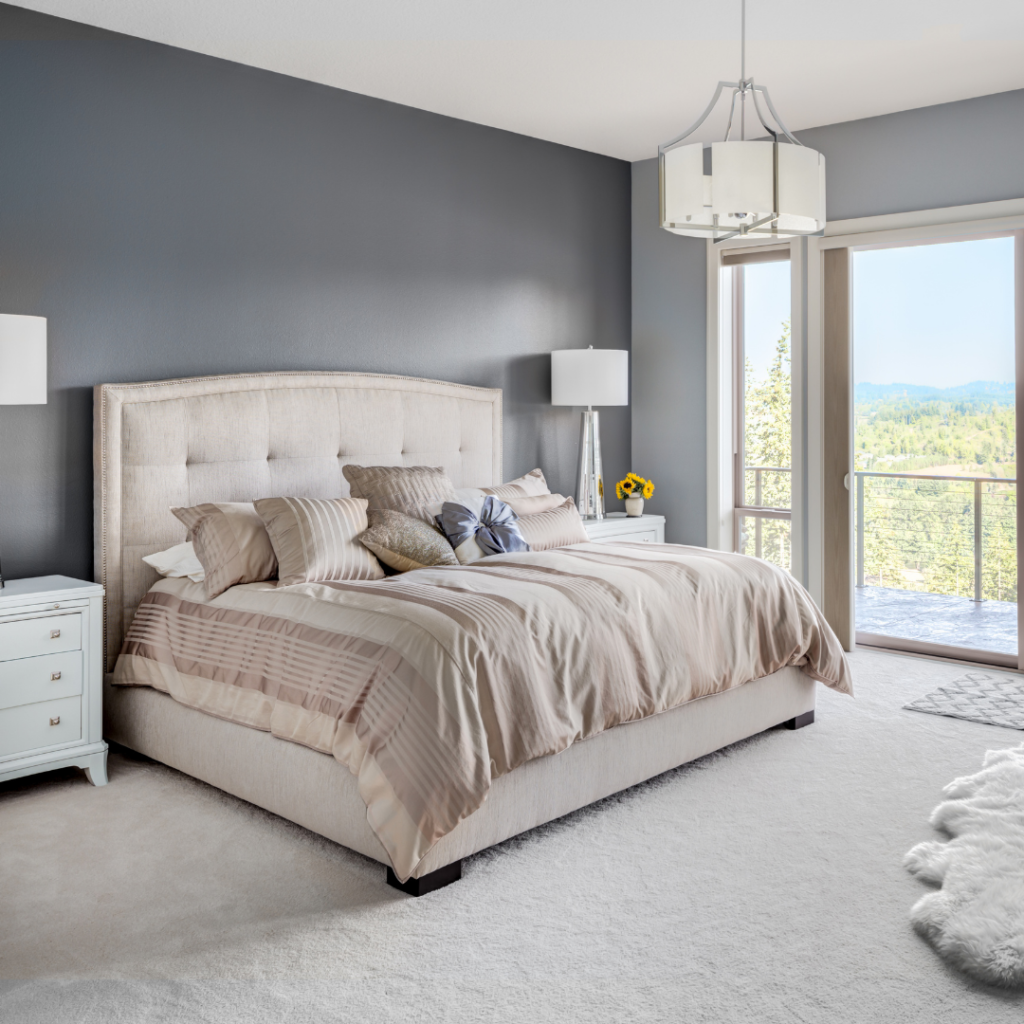 an eye-catching feature wall in every room of your house! Feature walls should be used sparingly and in a manner that will draw the eye to a focal point.
an eye-catching feature wall in every room of your house! Feature walls should be used sparingly and in a manner that will draw the eye to a focal point.
Ideally, a feature wall’s focal point should be one that you find appealing and want to show off a bit. Walls where a fireplace sits or the bedroom wall behind a headboard are great choices to add a feature or accent wall to a home’s aesthetic.
When choosing a colour for a feature wall, be sure to keep the following elements in mind:
- Select a colour that is complementary to the project’s colour palette.
- Consider using the same colour as the primary colour, just in a darker shade.
- Avoid using a feature wall in crowded or small rooms.
- Consider incorporating wainscoting to add depth and character.
5. Use the Right Paint for The Room
As paint technology has evolved, the need for painters to understand the different types of paint available has increased. Additionally, they need to know how to select the appropriate paint product based on the space’s intended function and purpose.
For example, rooms with high humidity levels, such as the bathroom or laundry room, should use paint designed for use in humid environments. In areas that are musty or where mould is suspected, a product that kills and prevents mould spore growth is likely best.
While this tip isn’t directly related to colour selection, it will ensure that the colour you choose will look its best and last for years in your space.
6. Opt for Neutral Colours
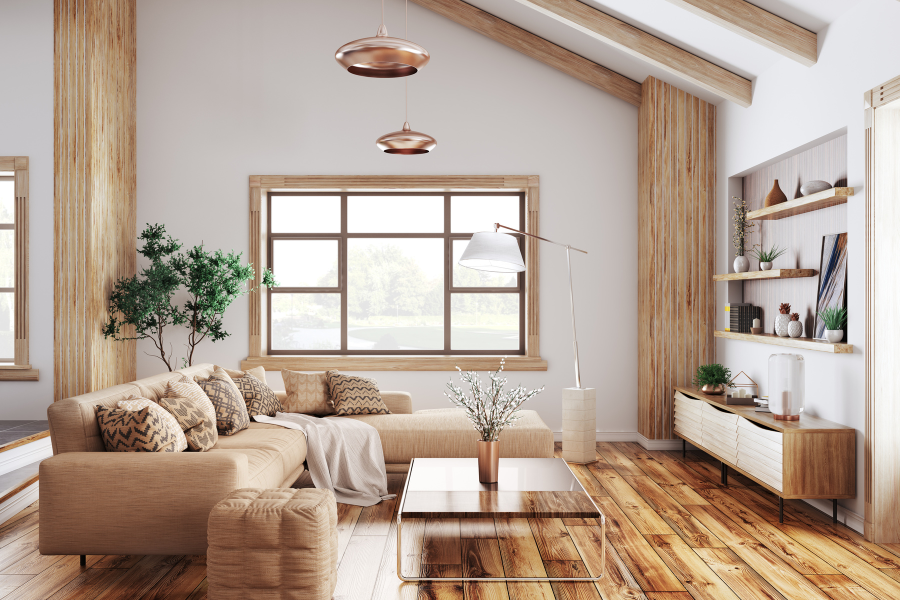
While a bright yellow or radiant green may be all the rage in interior and fashion design circles, avoid plastering those overpowering colours on your walls. Instead, use the more bold hues as accessories in the space, perhaps as a throw pillow cover, artwork, or as a bright furniture fabric. For the walls, however, select a neutral colour to enhance and compliment the attention-grabbing tones.
Finest Finish: Victoria’s Best Colour Consulting House Painters
When looking to update, refresh or completely mix up the look and feel of your home, let the expert house painters at Finest Finish help you select the right colour. We pride ourselves on our ability to deliver the finest craftsmanship in our work. We know that colour selection is essential to guarantee customer satisfaction. For more information on our painting, drywall, or finishing services or to book a free quote, visit our website.

